This was published 5 years ago
WOW Air collapse: These are the biggest airline failures of all time
By Oliver Smith
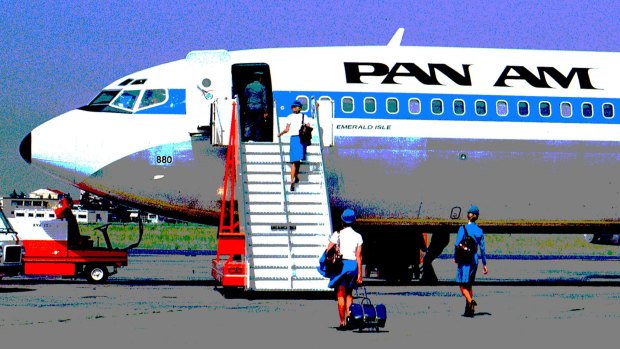
Pan American Airways was the largest US carrier from 1927 to 1991 and ushered in the jet age when it launched the Boeing 707 in 1958.Credit: Alamy
Following the collapse of WOW Air, the Icelandic carrier which made a name for itself by offering budget flights to North America, we look back at other notable aviation failures.
Flybmi
2019
East Midlands-based carrier Flybmi ceased trading in February, leaving thousands stranded abroad and ruining the holiday plans of many more. The airline's fleet of 17 aircraft flew 522,000 passengers in 2018 to 25 European cities. It blamed the collapse on fuel prices and "Brexit uncertainty", but aviation analyst John Grant suggested it was simply unable to compete in a saturated market. "There are perhaps too many airlines in Europe today relative to the size of the market, with too many struggling to keep market share," he warned. "In the United States, five major airlines provide some 80 per cent plus of scheduled capacity and that may be where the European market will head over time."
Primera
2018
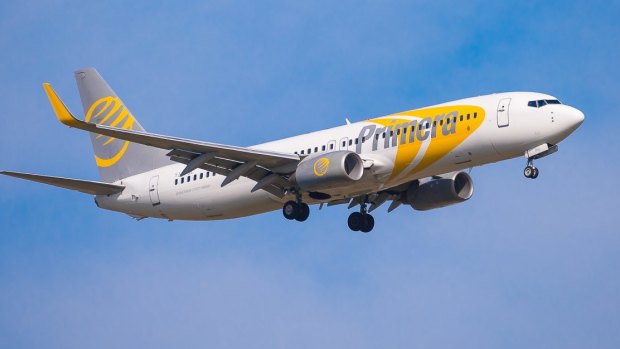
Credit: Shutterstock
The collapse of low-cost Primera in October 2018 affected an estimated 60,000 travellers. The airline, registered in Denmark but founded in Iceland, switched its focus to long-haul services in 2017. It briefly offered transatlantic flights from two UK airports (Stansted and Birmingham) to Boston, Washington DC and New York (Newark), while plans were put in place for routes to Toronto. Primera hoped to quadruple its fleet in three years and there was even talk of flights to California, China and India.
But problems emerged at the beginning of the 2018. Poor sales saw it ditch Birmingham-Boston and cut the frequency of its service to Newark. "It was harder to sell Birmingham to American and Canadian passengers than London," said an airline spokeswoman at the time.
All flights from Birmingham to North America were ditched in May, and all short-haul services from the city followed in July. Toronto fell from Primera's route map just 15 days before the inaugural flight, and the airline ceased operations soon after. While Primera had a significant number of short-haul routes, its downfall would appear to have been hastened by its ambitious attempt to conquer America. It blamed delayed delivery of new aircraft, among other things, but poor customer service and a lack of demand for its curious routes (Birmingham to Boston?) was surely the greater factor.
Monarch
2017
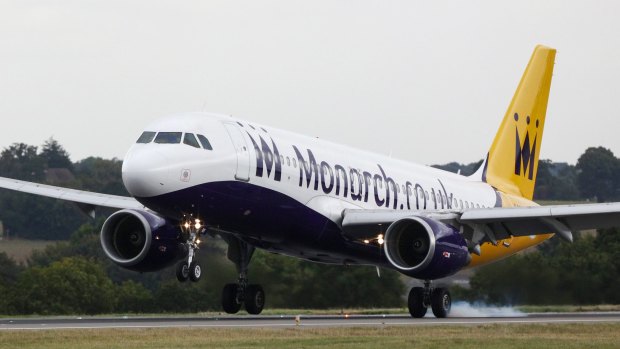
The collapse of Monarch in 2017 sparked Britain's biggest ever peacetime repatriation. Around 100,000 of its passengers were abroad on October 2, when it ceased trading, while a further 750,000 people had paid for flights they were no longer able to take. It was by far the biggest UK airline failure in history.
Until its collapse, Monarch served 43 destinations with a fleet of 35 aircraft. It flew 5.43 million passengers and employed 2,300 people in 2016, making it Europe's 26th largest airline (it carried more than 7 million in 2014).
Air Berlin
2017
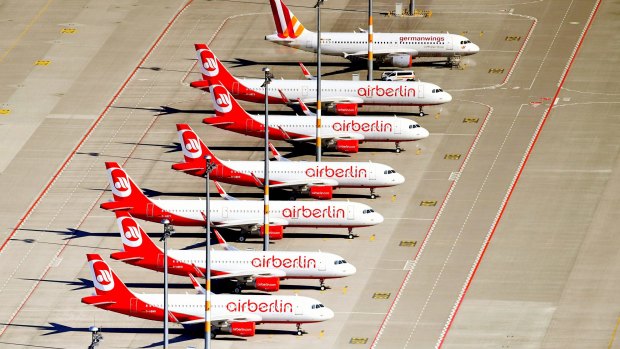
Just one week after the collapse of Monarch, Air Berlin, Germany's second largest carrier and Europe's 10th biggest overall (it flew 28.9m passengers in 2016), announced its closure. It had declared bankruptcy two months before after years of losses and the decision of its biggest shareholder, Etihad, to cease bankrolling it.
At the time John Grant suggested more failures could be on the cards: "The competitive environment has become increasingly challenging for many airlines, with many established legacy airlines launching low-cost long-haul services and the continual growth in services from airlines such as easyJet, Ryanair and Norwegian. This has resulted in many mid-market carriers with relatively high cost bases being continually squeezed to a point of failure."
Transaero
2014
Another of the biggest non-UK airlines to cease trading in recent years was Transaero, a Russian carrier with a fleet of 97 and 156 points on its route map. It carried 13.2 million passengers in 2014 but went under the following year after accumulating 3.9bn euros of debt.
FlyGlobespan
2009
The last UK carrier to cease trading before Monarch was Citywing, a virtual airline that operated under charter until March 2017, with a base at Isle of Man Airport, but the last major failure was FlyGlobespan, back in 2009. Based in Edinburgh, it had a fleet of nine aircraft, serving 24 destinations, and flew just over 2 million annual passengers at its height. When it went under, it had just 4,400 customers overseas, and 117,000 forward bookings – small fry compared to Monarch.
XL Airways
2008
In September 2008, XL Airways ceased trading after 14 years in business. It had a fleet of 18 aircraft serving more than 50 destinations, and carried 2.3 million passengers in 2007, but it collapsed – along with the other brands in the XL Leisure group – due to rising fuel prices (crude oil hit an all-time record of $147 a barrel that summer) and a growing global financial crisis. Around 85,000 holidaymakers were stuck overseas, and a further 200,000 had their bookings cancelled.
Zoom Airlines
2008
Founded in 2002, Zoom largely operated flights between Britain and North America with a small fleet of three aircraft. Unable to pay its fuel bills, it ceased trading in August 2008, leaving 900 passengers stranded on either side of the Atlantic. Its failure left 4,500 stranded abroad, while 60,000 forward bookings were lost.
Silverjet
2008
Business-class carrier launched in 2006, billed as the "world's first carbon-neutral airline". Based in Luton, offering routes to Newark and Dubai, it only survived for two years, and its fleet never grew beyond three aircraft.
Air Wales
2006
With a fleet of five, Air Wales flew scheduled regional services within the UK, as well as to Ireland, Belgium and France. It spent six years in the sky before folding due to "spiralling costs" and "aggressive competition" from larger low-cost airlines.
Ansett Australia
2002
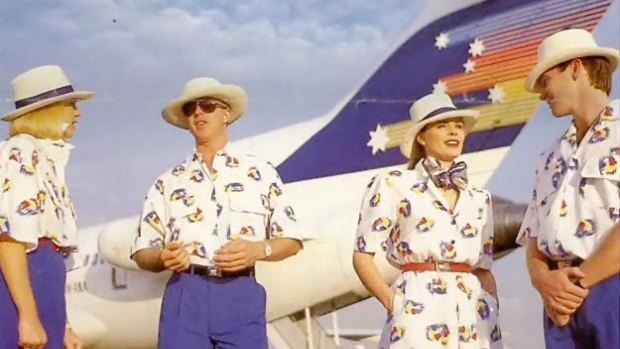
Based in Melbourne, Ansett was originally founded as an offshoot of Reginald "Reg" Ansett's road transportation business in 1935 and became a huge success.
Things started to come undone during the late ' when competition from 90s from Qantas and emerging budget airlines such as Virgin Blue started cutting into profits. Overpaid staff, an aging fleet and grounding of their Boeing 767 fleet left Ansett in trouble.
Ansett Australia ceased operating in 2002 after operating a domestic service and flights to Asia for 66 years. The airline was placed into administration in 2001 following financial collapse.
Swissair
2002
The national airline of Switzerland from 1931 until 2002 was once known as the "Flying Bank" because of its financial stability.
Over-expansion and the global economic downturn put an end to that, however, and in 2002 (with a fleet of 76 aircraft serving 157 cities) it ceased operations. At the time, a BBC correspondent said of the collapse: "Something did die in Switzerland that day: not just an airline but an image the Swiss had of themselves and, more importantly, of their business leaders."
Swissair's regional subsidiary, Crossair, went on to become Swiss International Air Lines.
Sabena
2001
Belgium's flag carrier was founded in 1923, with services to the Belgian Congo starting two years later, followed by routes to Copenhagen and Malmö in 1931 and Berlin in 1932. Its first transatlantic flights touched down in 1946.
By 1982 it served 76 cities on four continents; this grew to 99 by the turn of the century.
In 2001 it collapsed, however, becoming the first flag carrier in Europe to fail. Belgian politicians blamed Swissair, which owned a 49.5 per cent stake at the time and went under just a year later.
TWA
2001
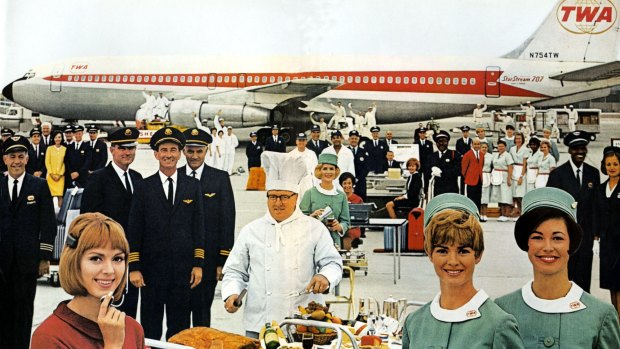
Credit: Alamy
TWA was owned by Howard Hughes for many years and at its height had a fleet of 190 aircraft serving 132 destinations.
But it became saddled with debt in the 1980s, sold its London routes, underwent Chapter 11 restructuring in 1992 and 1995, and was further stressed by the explosion of TWA Flight 800 in 1996.
In 2001, it filed for a third and final bankruptcy and was bought by American Airlines.
Debonair
1999
Worthy of mention if only for its terrific name, Debonair operated out of London Luton for three years, flying to Newcastle upon Tyne, Copenhagen, Mönchengladbach, Munich, Barcelona and Nice. It tried to position itself as an upmarket budget airline (offering cheap flights but with free snacks), a business model that ultimately failed.
Trump Shuttle
1992
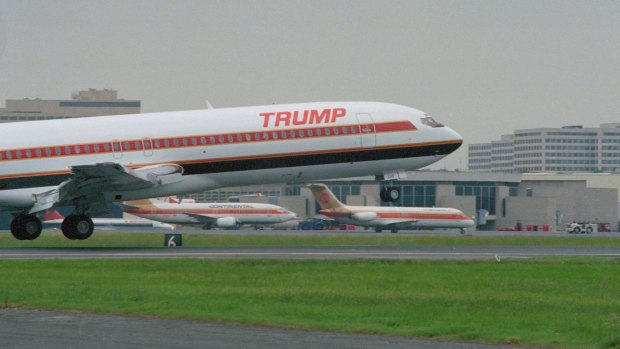
Credit: Bettmann
Donald Trump tried his hand at aviation. Trump Shuttle was launched in 1989 with a pledge to create "the best transportation system of any kind in the entire world." He snapped up a fleet of ageing Boeing 727s from a struggling Eastern Air Lines, along with many of its disgruntled staff, and launched flights from New York to Boston and Washington D.C. "We took old 727s and spent a huge amount of money stripping them down to the frame and refurbishing them with chrome seat belts, maple bulkheads and faux marble bathrooms," Bruce Nobles, president of the Trump Shuttle from October 1988 until June 1990, told The Globe and Mail in a 2011 interview. "It was a problem: we spent too much money on the airplanes."
Nobles claims Trump paid $365m for the aircraft and landing slots, borrowing $380m from a consortium of banks and putting in around $20m of his own cash. Despite grabbing a decent market share, it could not thrive in a tricky economic climate while saddled with so much debt. It never turned a profit and in September 1990 the loans were defaulted and ownership of the airline passed to the banks, who eventually sold it to the US Air Group. "It worked out well for me," was Trump's assessment in an interview with The Street. "I ran an airline for a couple of years and made a couple of bucks. The airline business is a tough business, [but] I did great with it."
Pan Am
1991
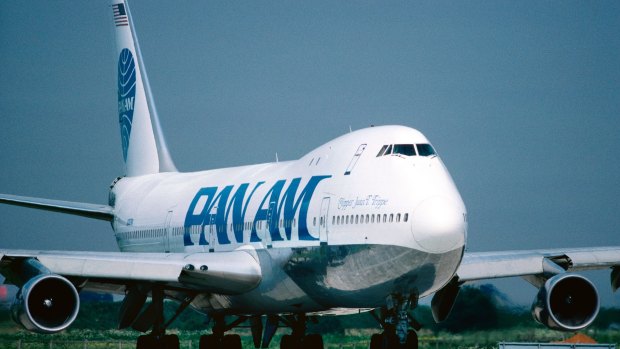
Credit: Alamy
Pan American Airways was the largest US carrier from 1927 to 1991 and ushered in the jet age when it launched the Boeing 707 in 1958. That was the first year in history when more transatlantic passengers travelled by air instead of sea.
The experience of flying with Pan Am in the Sixties was a memorable one. Menus were vast, with starters, mains and desserts, as well as a wide range of aperitifs, fine wines and digestifs. Passengers were given proper cutlery and first class diners sat facing one another at tables of two or four. By 1968, its 150 jets flew to 122 airports in 86 countries (on every continent except Antarctica).
Its fortunes dipped after the 1973 oil crisis, however, and by November 1978 it flew to just 65 airports. It lumbered on another decade or so, before declaring bankruptcy in 1991.
Capital Airlines
1990
The self-styled "Yorkshire International Airline" was the first to be based at Leeds Bradford Airport, but ceased trading after just three years in the sky. Its MD, Adrian Thompson, went on to work at Air Wales.
Air Europe
1991
Air Europe owed its demise to the collapse in tourism during the Gulf War. According to Abta, the travel association, holiday bookings in the run-up to the conflict were 60 per cent down on a typical year. During the war itself, they all but collapsed. The Foreign Office advised against travel to several dozen countries, including Egypt, the Gambia, Bahrain, UAE, Iran, Jordan, Israel, south-east Turkey, Tunisia, Morocco, Syria, Qatar and the Philippines. Around 120 travel agents and tour operators went out of business, including Britain's second-largest tour operator, Intasun, and its airline, Air Europe.
Laker Airways
1982
British entrepreneur Sir Freddie Laker pioneered cheap air travel with his Skytrain to the United States in 1977. His first London-New York flight was a third the cost of estabished carriers. The British public, keen to enjoy package holidays abroad, loved the airline. Rivals did not and actively worked to put it out of business. They succeeded. In February 1982, Laker Airways and Skytrain collapsed with debts of £264m, but not without a fight. The liquidators took brought an anti-trust action against 10 major airlines, seeking billion in damages. The action threatened BA's privatisation and eventually was settled out of court for £35m - Sir Freddie got £6m. At its height Laker Airways had 20 aircraft.
Best of the rest
Other recent failures include MAXjet, a US carrier that flew to Stansted, but ceased trading in 2007; Eos Airlines, which operated daily flights between London Stansted and New York but declared bankruptcy in April 2008; Oasis Hong Kong, which operated services from its base in Hong Kong to London Gatwick and Vancouver between February 2005 and April 2008; and SkyEurope, a Slovakian no-frills carrier, founded in 2001, which expanded to a fleet of 13 aircraft serving 30 destinations before its failure in 2009.
Several other flag carriers have also failed since Swissair and Sabena opened the floodgates: Cyprus Airways, Malev (Hungary), flyLAL (Lithuania) and Slovak Airlines, to name a few. Alitalia, the Italian flag carrier, went bankrupt last year but limps on.
It is clearly a tough business. According to the website www.protectmyholiday.com there have been a remarkable 279 global airline failures since 2007.
The Telegraph, London
See also: The airlines that have never had a single plane crash
Sign up for the Traveller newsletter
The latest travel news, tips and inspiration delivered to your inbox. Sign up now.